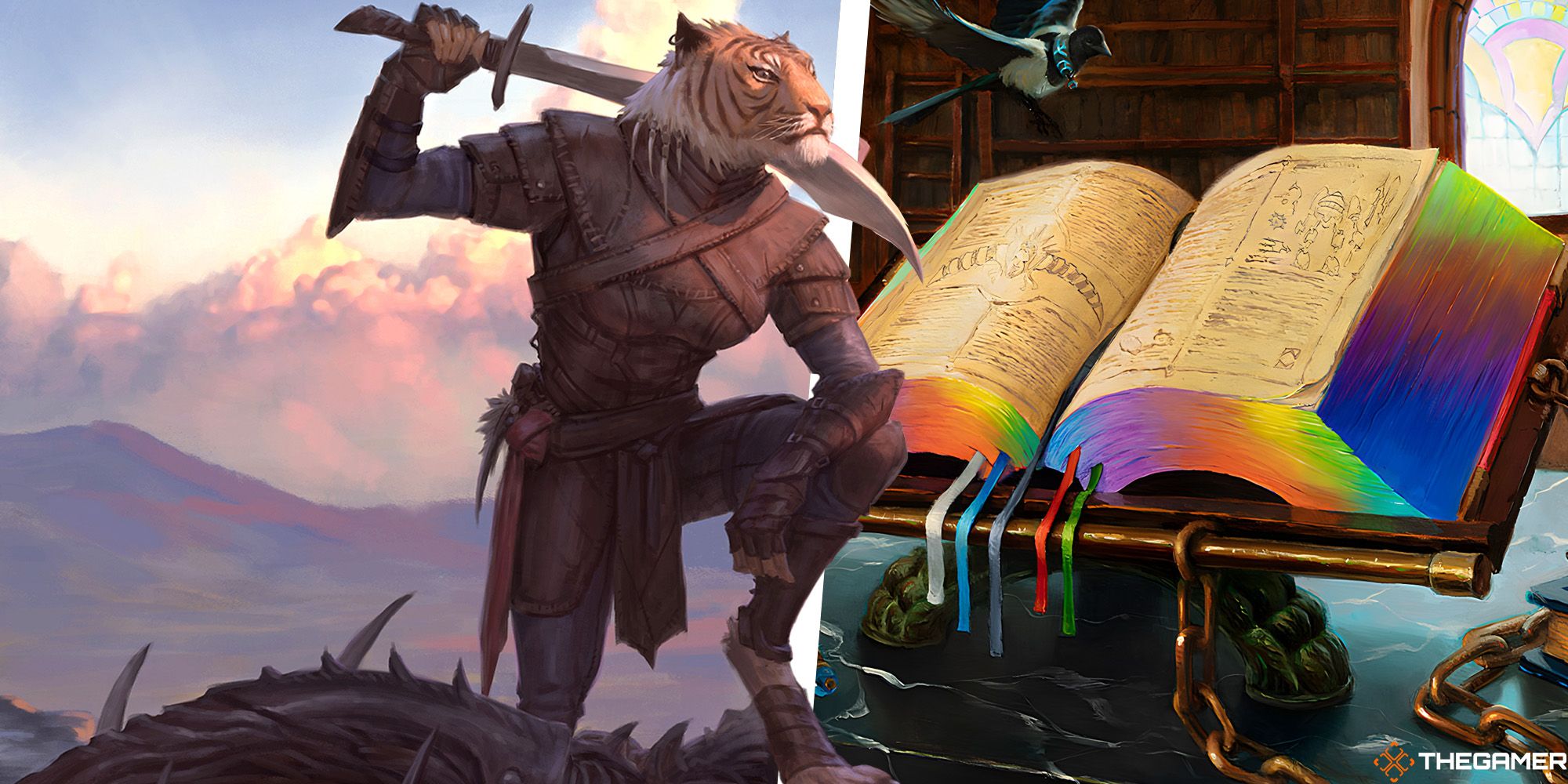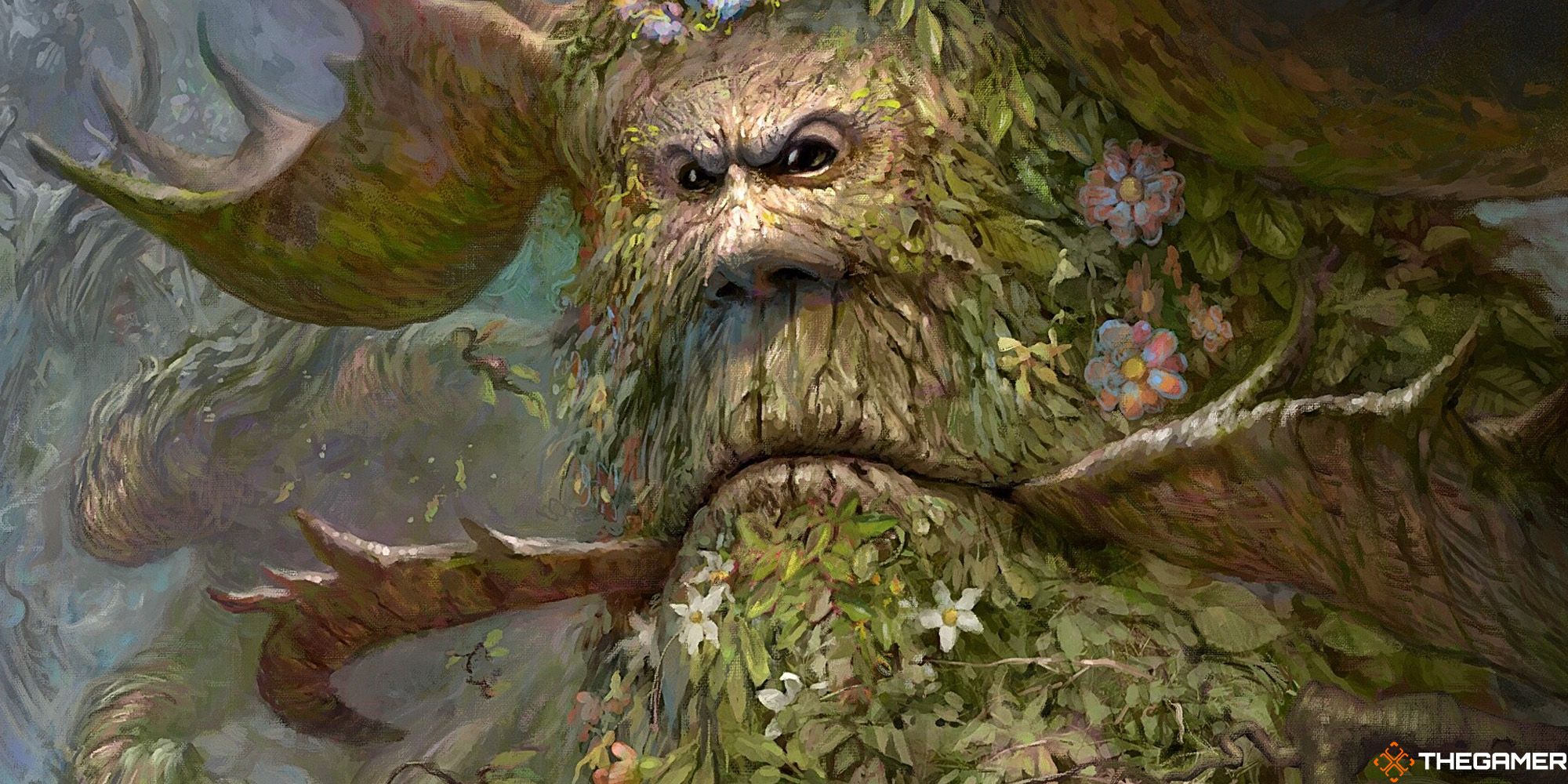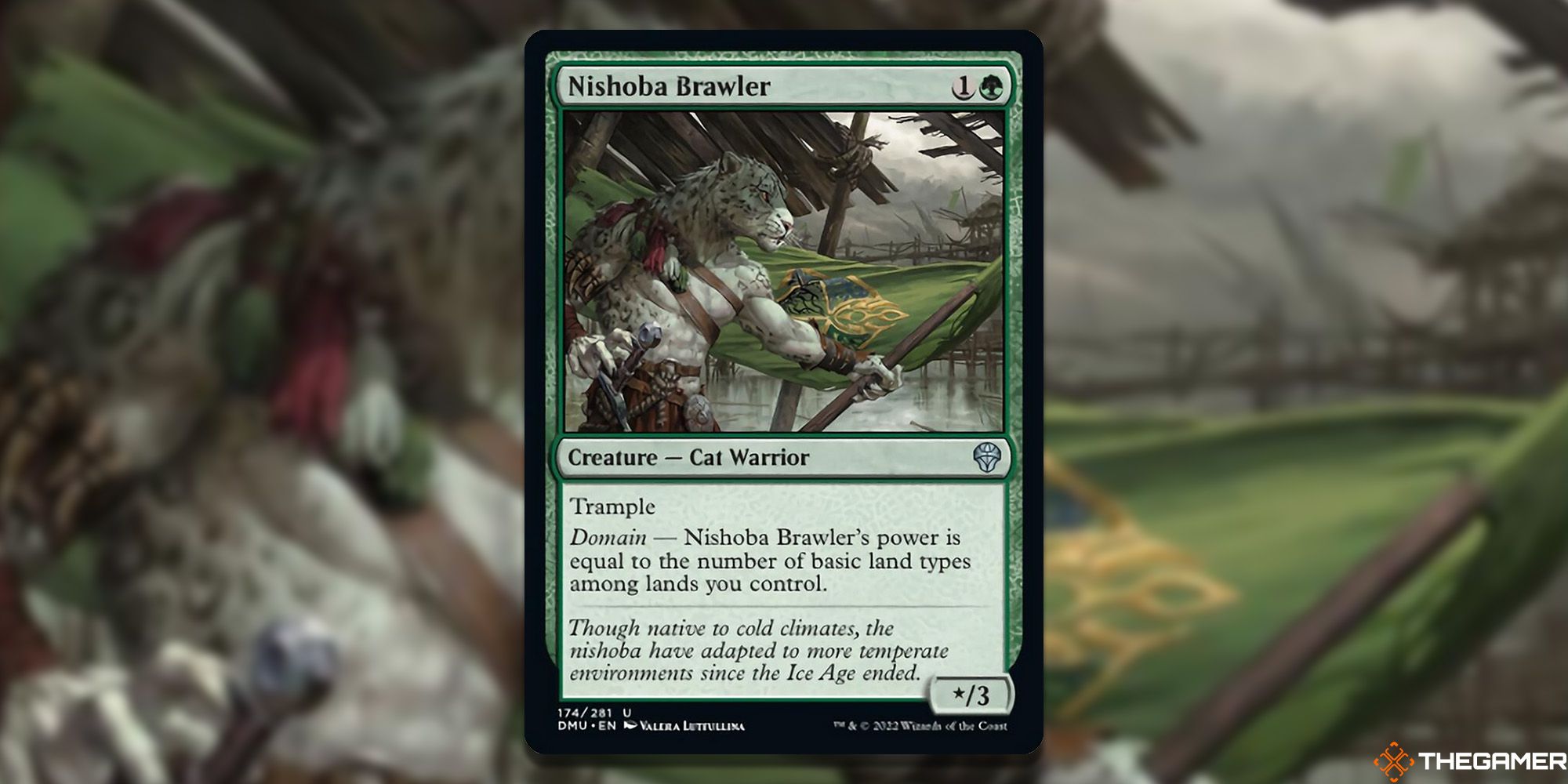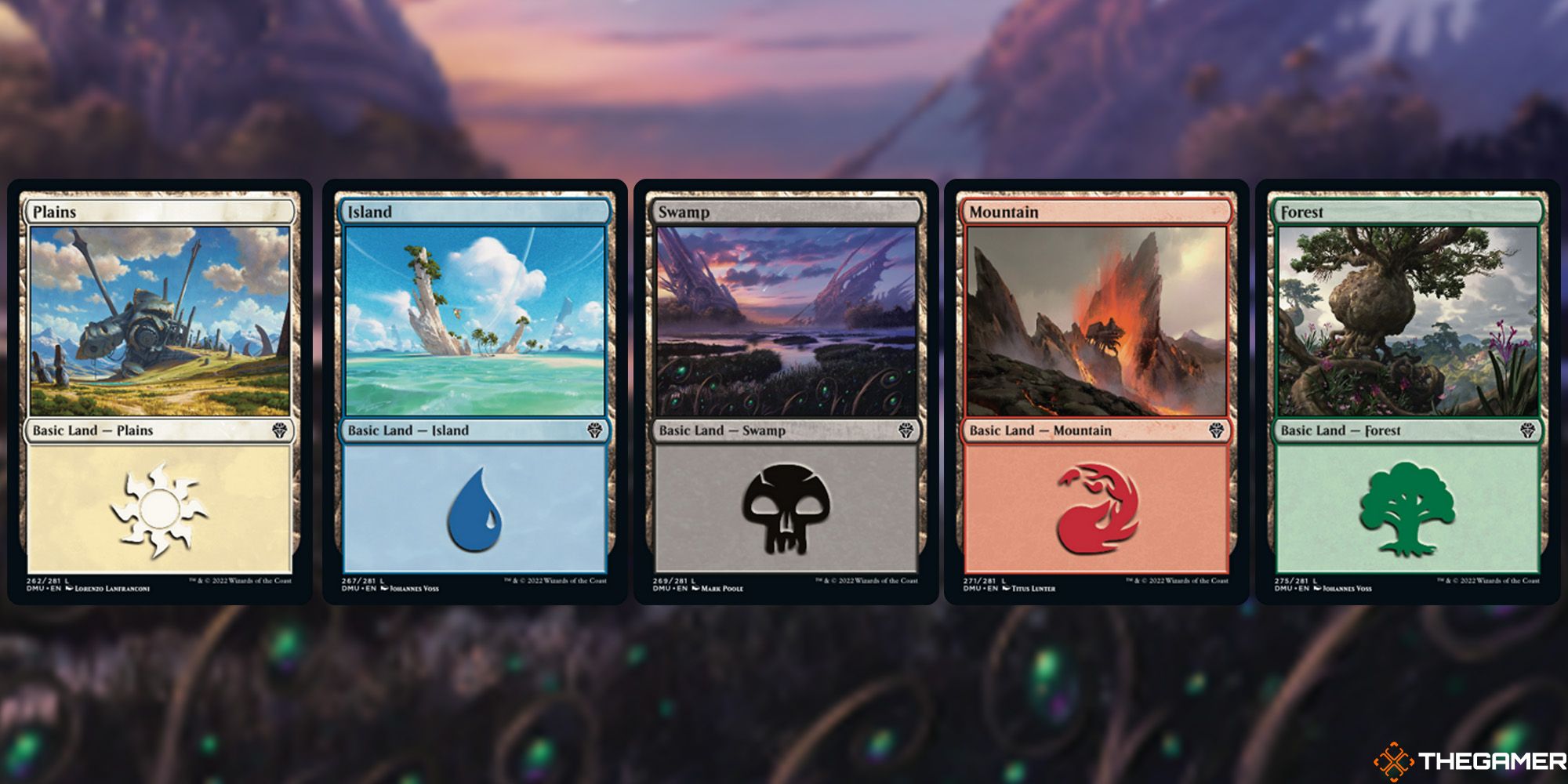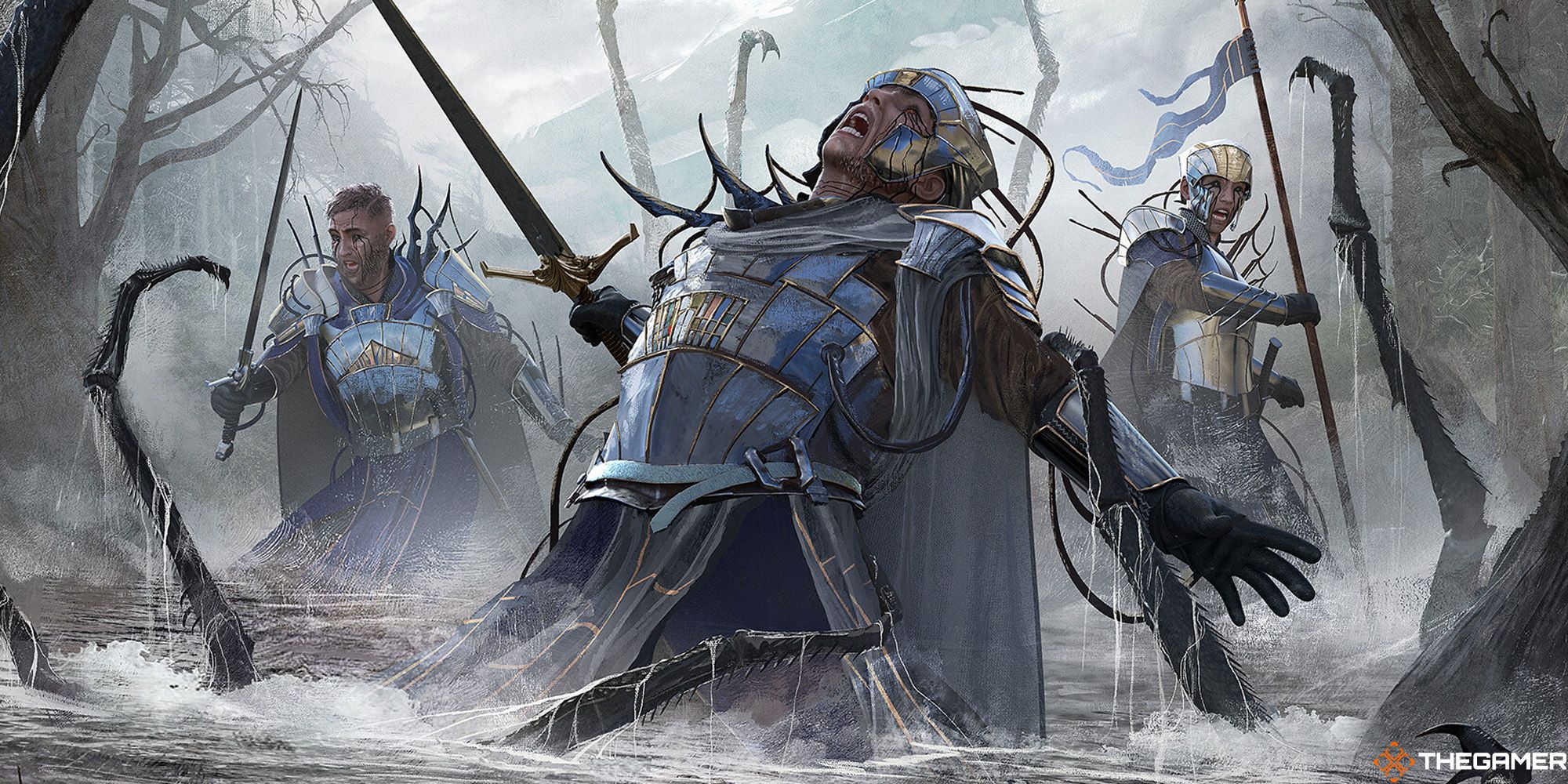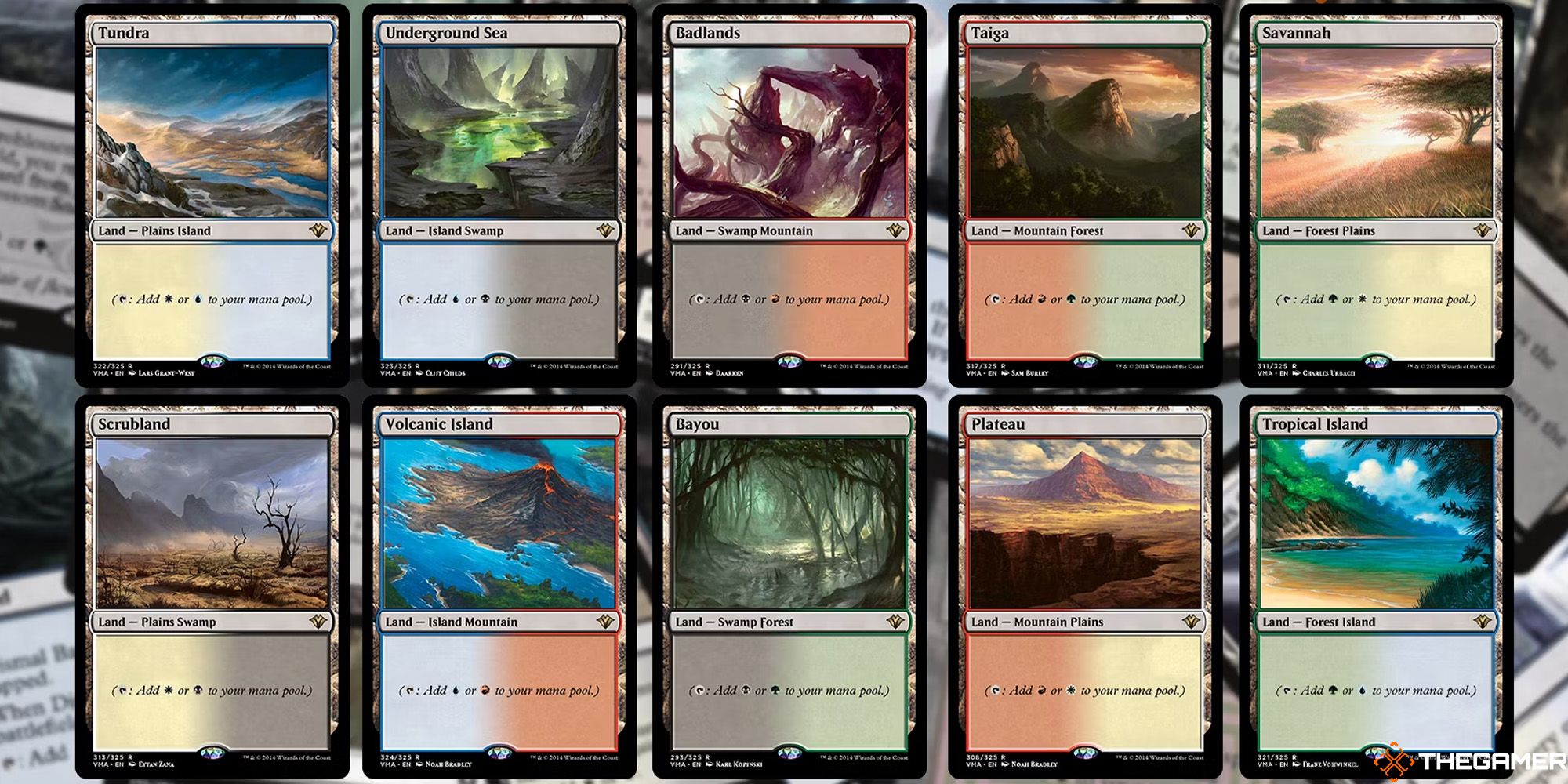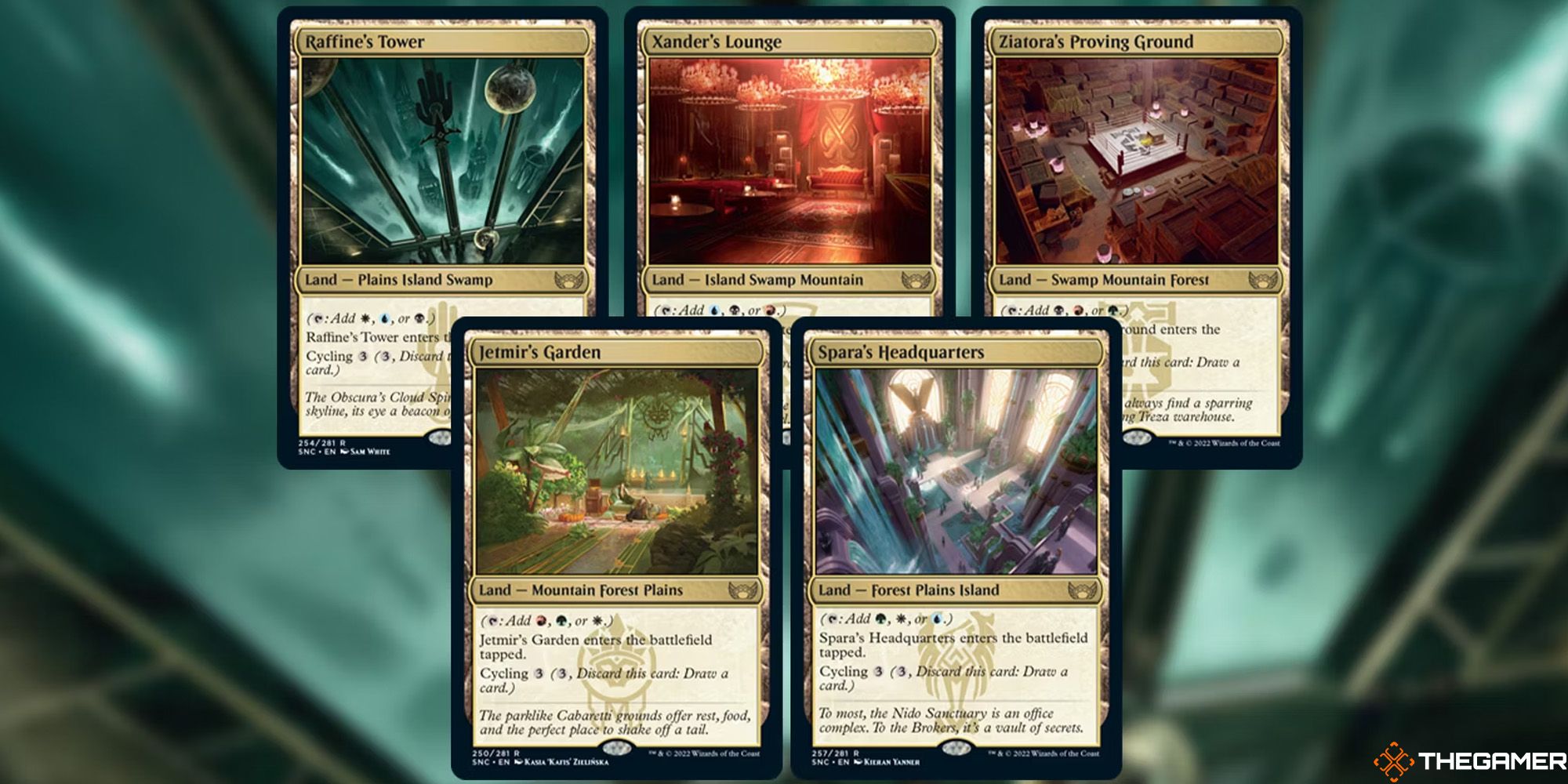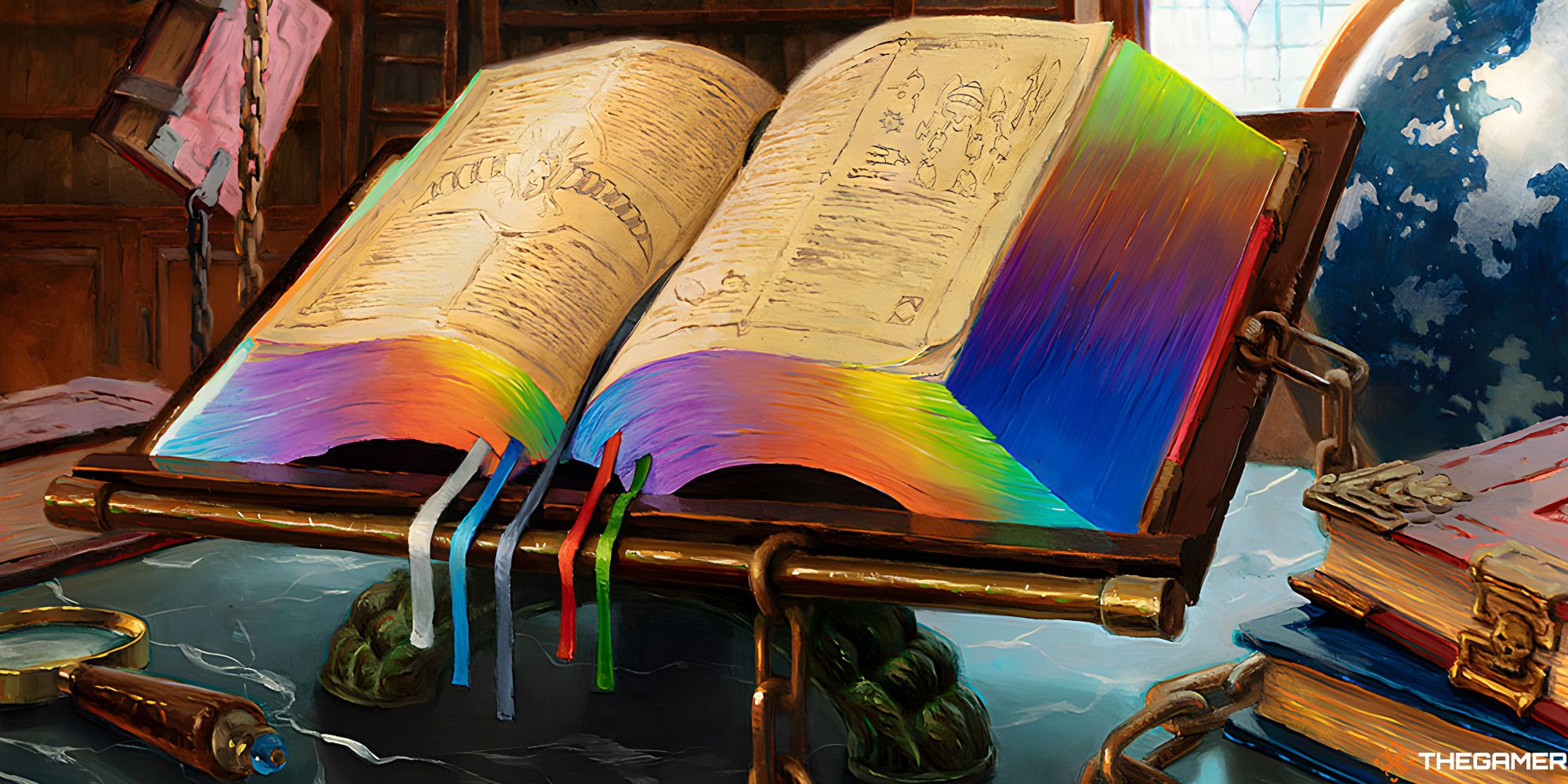In Magic: The Gathering, all magic is ultimately derived from the lands. The plains, islands, swamps, mountains, and forests themselves fuel a mage’s abilities, and very few places are as rich in these lands as Dominaria.
One of the game mechanics most closely tied to Dominaria is the Estate. By controlling as many land types as possible, you can cast larger spells that have greater effects. Here’s everything you need to know about MTG’s domain mechanic.
What is a domain?
Domain is an ability word found on all sorts of cards, from artifacts to creatures, sorceries to enchantments.
Since the domain is an ability word rather than a keyword, it does not serve as a shorthand for larger rules text. Instead, domain is used to thematically link similar abilities that all share a connecting rule: they count the number of basic land types you control. For example, Nishoba Brawler will use the domain to set its power to the number of basic land types you controlwhile Scion of Draco reduces its cost by two mana for each terrain type instead.
While many newer players may read the estate text and assume that means you need as many basic lands as possible, that only counts the types whom you represented on the battlefield. There are only five basic land types: Plain, island, swamp, mountain and forestwhich means that your maximum number of domains will still only be five.
For example, take Nishoba Brawler. If you control an island, a plain, a forest and a swamp, your number of domains will be four, and therefore the power of Nishoba Brawler will also be four.
Keep in mind that Oath of the Sentinel Wastes aren’t a basic land type. These are basic lands that have absolutely no type and therefore have no impact on the domain. Similarly, although these are land types, Gate and Desert aren’t base land types, and Legendary and Snow are supertypes.
How to use the domain
At first glance, the realm looks like a difficulty mechanic to connect, as getting all five basic land types into play at the same time can be a challenge. However, there are a few tricks to make your lands go further.
The first thing to remember about the domain is that it does not count your land, but your land types. This means land with multiple types each count for your domain.
Dominaria United and Kaldheim included a ten-pitch cycle with two different types of terrain on each, allowing you to get a full estate account with as few as three lots. You also have lands like True Duels and Shock Lands which include two different types of lands to help speed up your Domain deck.
Meanwhile, Ikoria: Lair of Behemoths and Streets of New Capenna’s Triome Lands. Instead of needing an island, a swamp, and a mountain to have an estate count of three, you can just choose to use an Alex’s Lounge, which is a single lot with all three guys on it. The trios are the most efficient way to get a full number of estates, requiring only two lots to cover all five types.
Once you have a full number of domains, the mechanism is so flexible that it allows you to do almost anything. Cards like Spore Burst, Ordered Migration, and Herd Migration can create creature tokenswhile others like Gaea’s Might, Power Armor and Tromp The Domains are great ways to improve a creature.
What color is the domain?
Since the domain is a mechanic that involves exploiting all five land types, it shouldn’t be too surprising that it is found in all five colors.
There are in total 55 cards with domainthe majority of them being green, with 16 of them. White, blue, and red have seven cards each, while black has seven. There are also seven colorless domain cards.
In multicolor cards, red/green is most common, with three cards. Meanwhile, white/blue, green/white, black/green, and green/blue only have one each.

